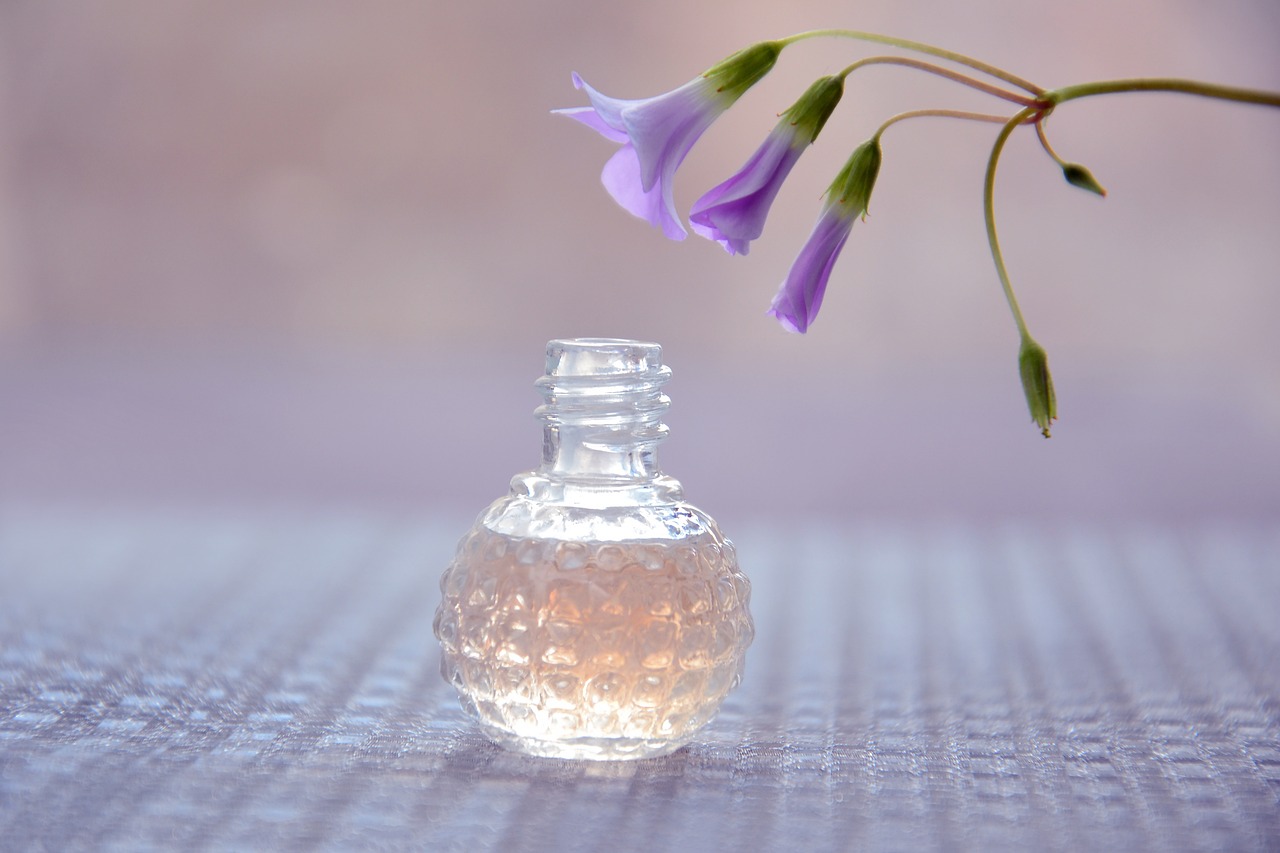Introduction
Perfumes have enchanted humans for centuries, allowing us to express our individuality and evoke emotions through scent. But have you ever considered that animals too might appreciate the allure of fragrances? While our furry and feathered friends experience the world primarily through their senses of smell and instinct, the idea of perfumes for animals brings a unique dimension to the realm of scent. In this comprehensive guide, we’ll embark on an aromatic adventure to explore the concept of perfumes for animals, discussing their benefits, considerations, safety, and how to create a sensory experience tailored to our non-human companions.
Understanding Animals’ Sense of Smell
Olfactory Power: Animals’ sense of smell is far more developed than that of humans. They rely on their noses to navigate their environment, communicate, locate food, and identify danger.
Scent Communication: Many animals use scent to communicate with each other, mark territories, attract mates, and recognize kin.
Individual Scents: Animals can detect individual scents even in complex environments, allowing them to distinguish between various odors.
Benefits of Perfumes for Animals
Stress Reduction: Some animals, especially pets, may benefit from calming scents that help reduce anxiety and stress caused by unfamiliar situations or separation from their owners.
Enrichment: Introducing new scents to animals’ environments can provide mental stimulation, especially for captive animals or pets that spend time indoors.
Positive Associations: Associating certain scents with positive experiences can reinforce desired behaviors, such as litter box use or crate training.
Mood Enhancement: Just as humans enjoy uplifting scents, animals might also respond positively to fragrances that uplift their mood.
Considerations and Safety
Species-Specific Responses: Different animals have unique responses to scents. What’s appealing to one species might be unpleasant or even alarming to another.
Natural vs. Synthetic Scents: When creating perfumes for animals, consider using natural scents that are familiar to them, as they might be sensitive to synthetic ingredients.
Dilution: Perfumes for animals should be significantly diluted to avoid overwhelming their sensitive olfactory systems.
Allergies and Sensitivities: Just like humans, animals can have allergies or sensitivities to certain scents. It’s important to observe their reactions and discontinue use if adverse effects occur.
Creating Perfumes for Animals
Research: Study the preferences and sensitivities of the animal you’re targeting. Research scents that are commonly associated with their natural environment.
Natural Ingredients: Opt for natural ingredients like essential oils derived from plants that animals might encounter in the wild.
Dilution Ratio: Dilute essential oils in carrier oils to achieve a safe and appropriate concentration for animals. A general guideline is a very low concentration, around 0.1-0.5%.
Scent Test: Introduce the scent to the animal’s environment without direct contact. Observe their reactions to determine if they find the scent appealing or alarming.
Consult Professionals: If you’re uncertain about which scents are safe or appropriate for a specific animal, consult veterinarians, animal behaviorists, or experts in the field.
Examples of Perfumes for Animals
Cats: Cats are sensitive to strong scents. Consider scents like catnip, valerian root, or diluted lavender to create a calming environment.
Dogs: Dogs might enjoy scents like chamomile, lavender, or diluted citrus oils. These scents can help reduce anxiety and create a soothing atmosphere.
Horses: Horses are attuned to natural outdoor scents. Scents like freshly cut grass, hay, and diluted mint might be well-received.
Birds: Birds have a keen sense of smell. Consider natural scents found in their habitats, such as eucalyptus for tropical birds or pine for forest-dwelling species.
Conclusion
Perfumes for animals offer a fascinating perspective on scent appreciation beyond the human realm. While animals experience the world primarily through their sense of smell, the idea of crafting scents tailored to their preferences and needs opens up new avenues for enhancing their well-being and enriching their environments. By understanding the intricate relationship between animals and scents, and by approaching the concept with sensitivity and knowledge, we can create aromatic experiences that resonate with our animal companions and contribute to their physical and emotional enrichment.




